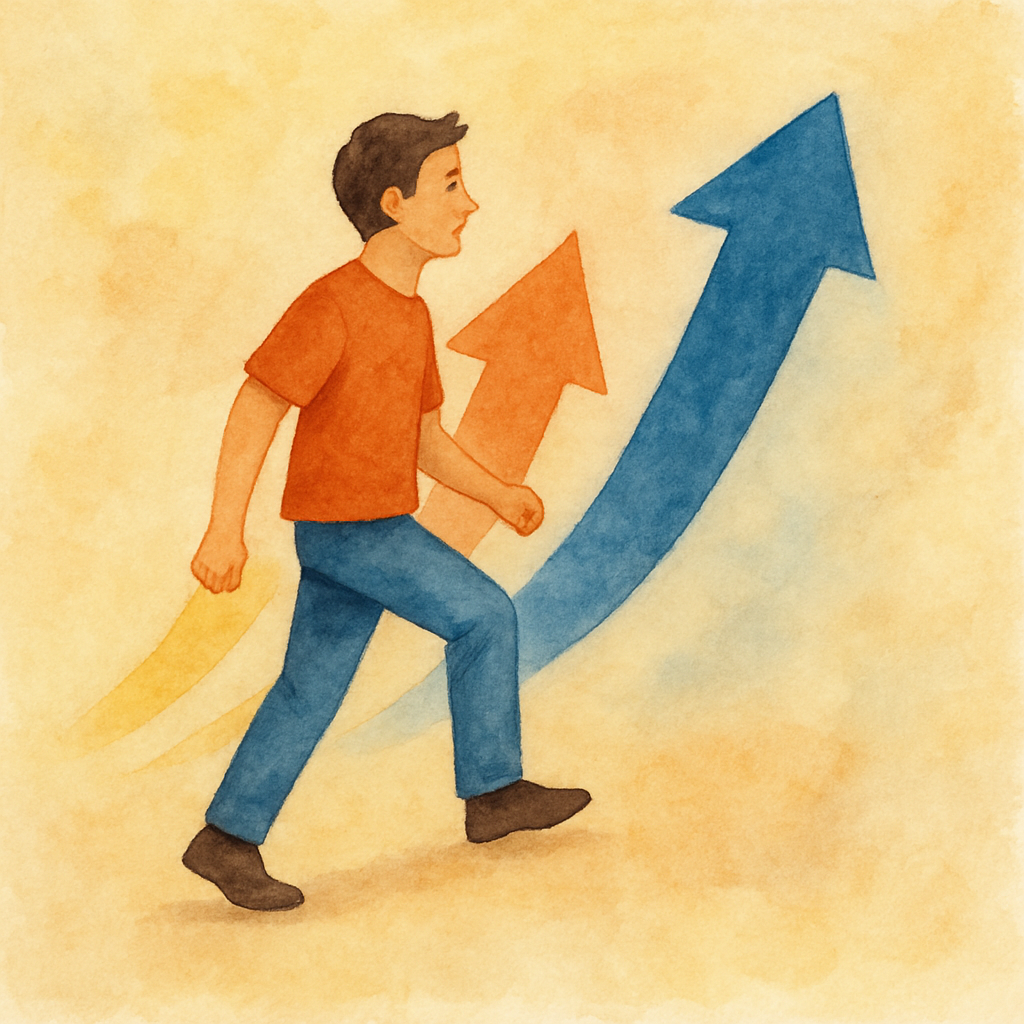3 Methods to Prioritize Your Tasks and Get More Done
Some days it’s easy to dive into work. Other days, you’re staring at your to-do list wondering what to start with—and by the time you decide, the day’s half gone. That’s where having a few go-to methods for prioritizing can make all the difference.
The three I’m going to share are simple, adaptable, and work whether you’re tackling a packed project schedule or just trying to get unstuck.
Use them on their own or mix and match, and you’ll have a reliable way to keep moving forward instead of getting lost in the noise.
The Jar Method: Start with the Big Stuff
The first one is what I call the Jar Method. Imagine you have a jar and three types of things to fill it with: rocks, gravel, and sand. The rocks are your big, important projects or tasks that take longer or require more effort. Gravel represents smaller tasks, and sand is the tiny little things you have to get done.
Here’s the trick: if you start by pouring in the sand, then the gravel, you might not have room for the rocks. But if you put the rocks in first, then fill the gaps with gravel and sand, everything fits.
Translated to productivity, this means you want to schedule and tackle your big, important tasks first. Get those “rocks” in your calendar or workflow, then fill in the smaller tasks around them. It’s a simple way to prioritize what really matters instead of getting bogged down by minor details.
One thing I’ve noticed, though, is this method focuses purely on fitting tasks into your time and energy. It doesn’t always consider other factors like motivation or task dependencies, but it’s a solid starting point when you’re organizing projects or working on timelines.
Eat the Frog: Tackle the Toughest Task First
Next up is the classic Eat the Frog method. If you’ve never heard this one, it’s pretty straightforward: if you’ve got a tough, important task (your “frog”) that you’re dreading, just go ahead and do it first thing. The idea is that once it’s done, you don’t have to carry that mental weight around all day.
This works well for tasks that absolutely have to get done and can’t be broken down or delegated. Sometimes, we procrastinate on the hard stuff because it feels overwhelming or just not fun. But getting it out of the way early can clear your mind and make the rest of your day smoother.
Here’s a tip: building the habit of eating your frog first thing takes some “productivity muscle”. It’s about training yourself to say, “Yeah, this is tough, but it’s important, so I’m just going to do it.” Once you do, you free up mental space and energy for everything else.
Momentum Building: Start Small to Keep Going
The third method is one I don’t see talked about enough: Momentum Building. Sometimes, you’re just not feeling it. Maybe you’re tired or unmotivated, and tackling the big frog or organizing your jar of tasks feels impossible.
On those days, instead of pushing yourself to do the hardest thing first, try just getting something done—something small, specific, and meaningful. Not busywork like folding laundry, but a real task you can complete in 10-15 minutes. This helps you “close the loop” in your brain and gives you a quick win.
Once you’ve knocked something off your list, you build momentum. That little success makes it easier to keep going. It’s kind of like if you’re trying to start running but struggling to get motivated: tell yourself you’ll just run to the end of the block. Once you’re out the door and moving, you’ll often keep going.
Putting It All Together
These three methods aren’t mutually exclusive. On some days, the Jar Method might be your go-to for organizing your workload. Other days, you might need to eat the frog and tackle that big, ugly task first. And on off days, momentum building can help you get started without pressure.
Here’s a simple way to try this out:
- Write down one or two of these methods to try tomorrow morning.
- Use the Jar Method to schedule your big tasks first.
- If you feel stuck, commit to eating your frog first.
- Or, if you’re low on energy, start with a small task to build momentum.
Over time, you’ll get a feel for which method works best in different situations, and you’ll build a flexible toolkit for prioritizing your day.
Final Thoughts
Prioritizing tasks isn’t about rigid rules or doing the hardest thing all the time. It’s about understanding your energy, your motivation, and your goals—and using simple methods to help you get the most out of your time.
If you want to experiment, pick one of these methods to start with and see how it feels. Maybe try mixing them up depending on your day.







